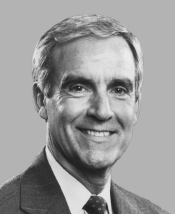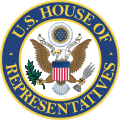Pete Peterson | |
|---|---|
 | |
| United States Ambassador to Vietnam | |
| In office May 14, 1997 –July 15, 2001 | |
| President | Bill Clinton George W. Bush |
| Preceded by | Position established |
| Succeeded by | Raymond Burghardt |
| Member of the U.S.HouseofRepresentatives from Florida's 2nd district | |
| In office January 3,1991 –January 3,1997 | |
| Preceded by | Bill Grant |
| Succeeded by | Allen Boyd |
| Personal details | |
| Born | Douglas Brian Peterson June 26,1935 Omaha,Nebraska,U.S. |
| Citizenship | American Australian (2002–present) [1] |
| Party | Democratic |
| Education | University of Tampa (BA) University of Central Michigan (MA,PhD) |
| Military service | |
| Allegiance | |
| Branch/service | |
| Years of service | 1954–1980 |
| Rank | Colonel |
| Unit | 433rd Tactical Fighter Squadron |
| Battles/wars | Vietnam War (WIA) |
| Awards | Silver Star (2) Legion of Merit Distinguished Flying Cross Bronze Star (3) Purple Heart |
Douglas Brian "Pete" Peterson (born June 26,1935) is an American politician and diplomat. He served as a United States Air Force pilot during the Vietnam War and spent over six years as a prisoner of the North Vietnamese army after his plane was shot down. He served three terms in the United States House of Representatives from 1991 to 1996 and returned to Hanoi when he became the first United States Ambassador to Vietnam in 1997. He was an ambassador until July 2001,after which he devoted himself to philanthropic work.

